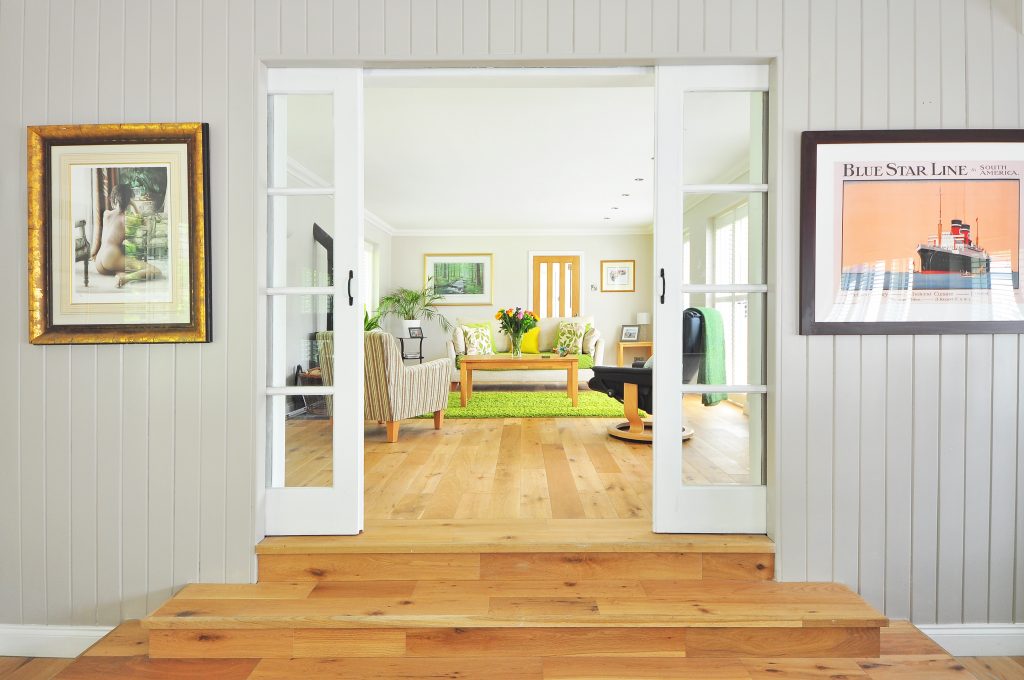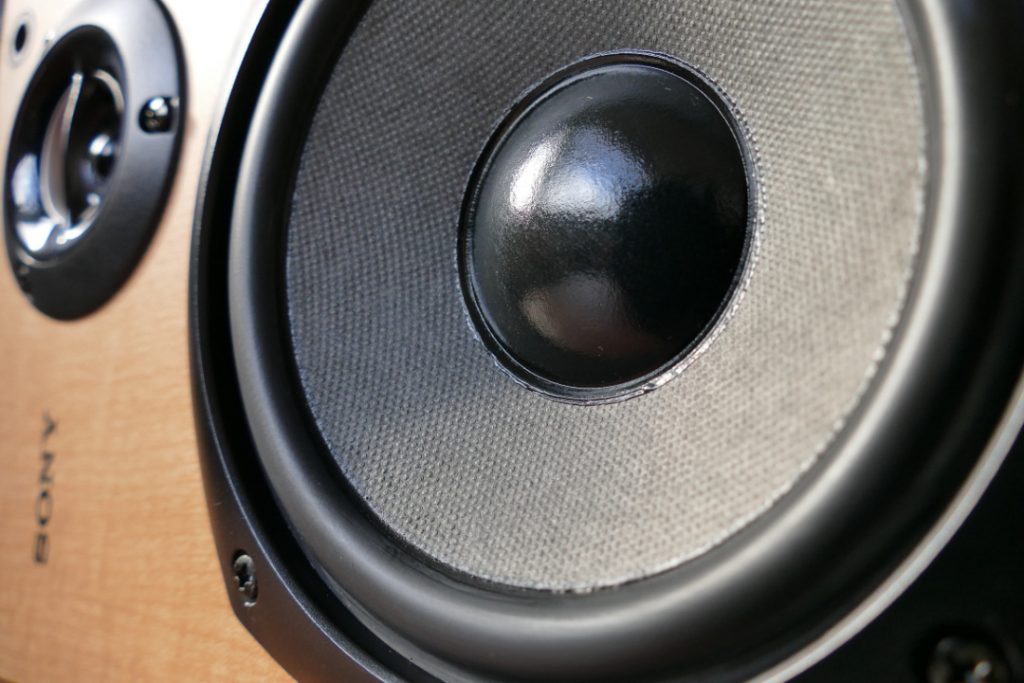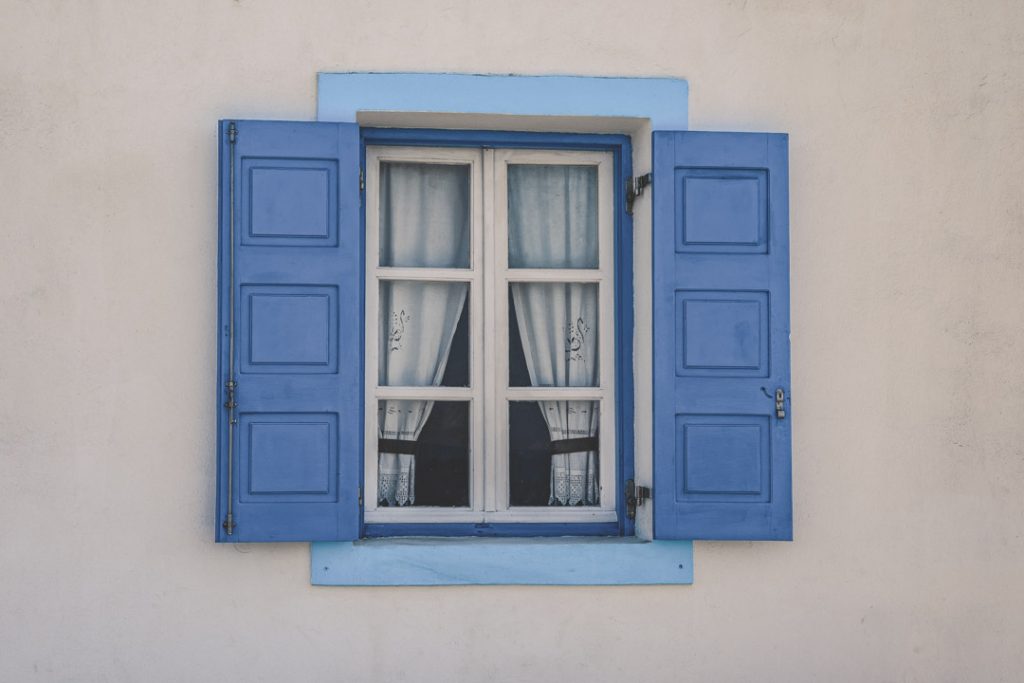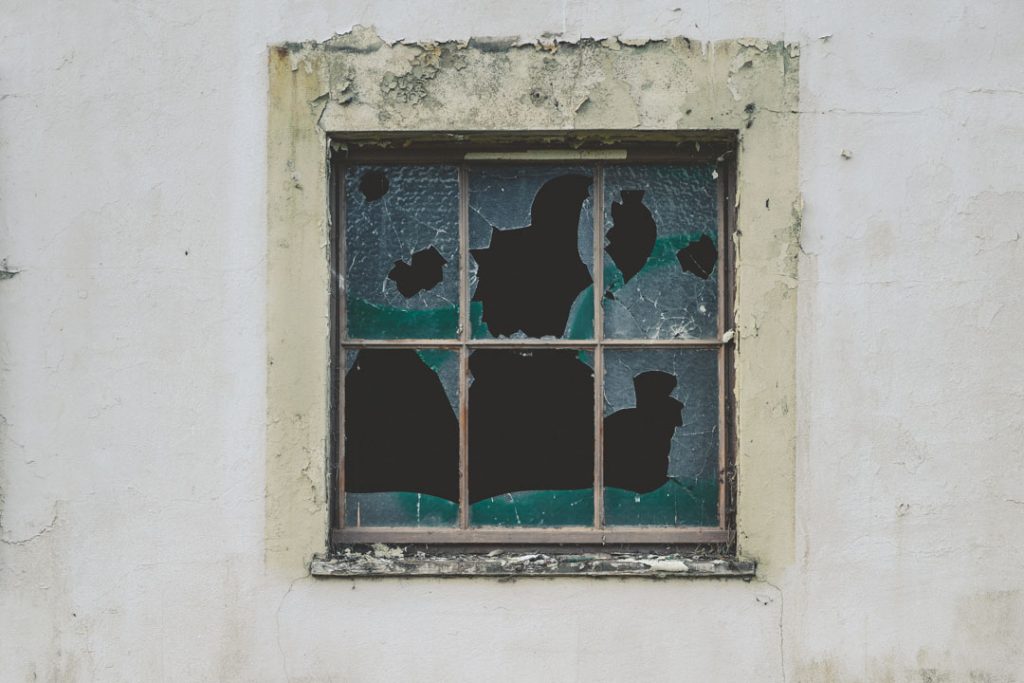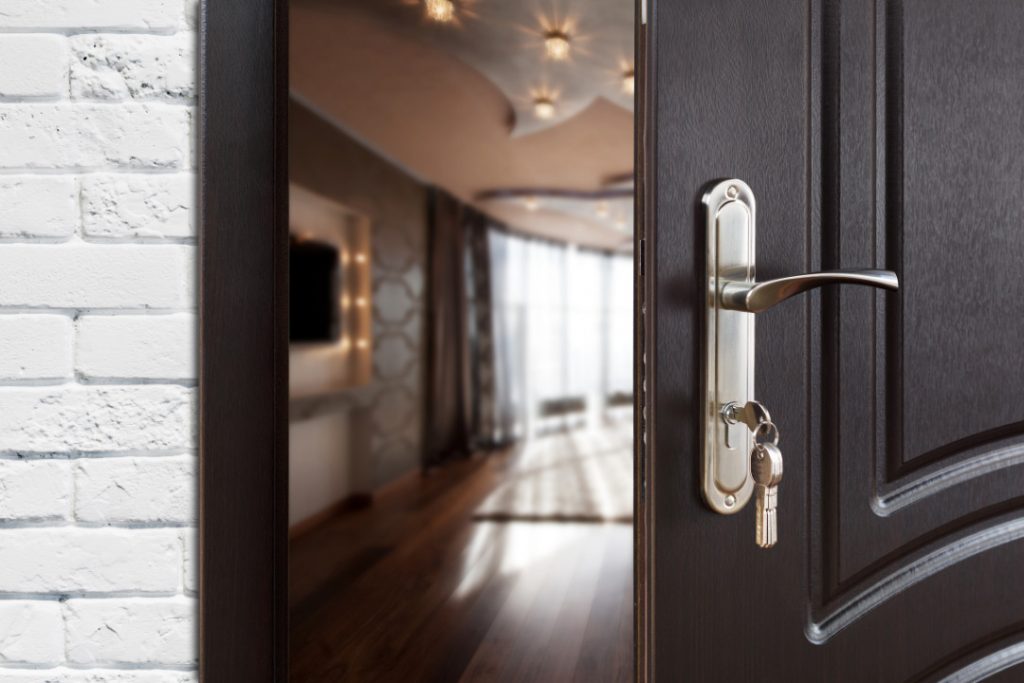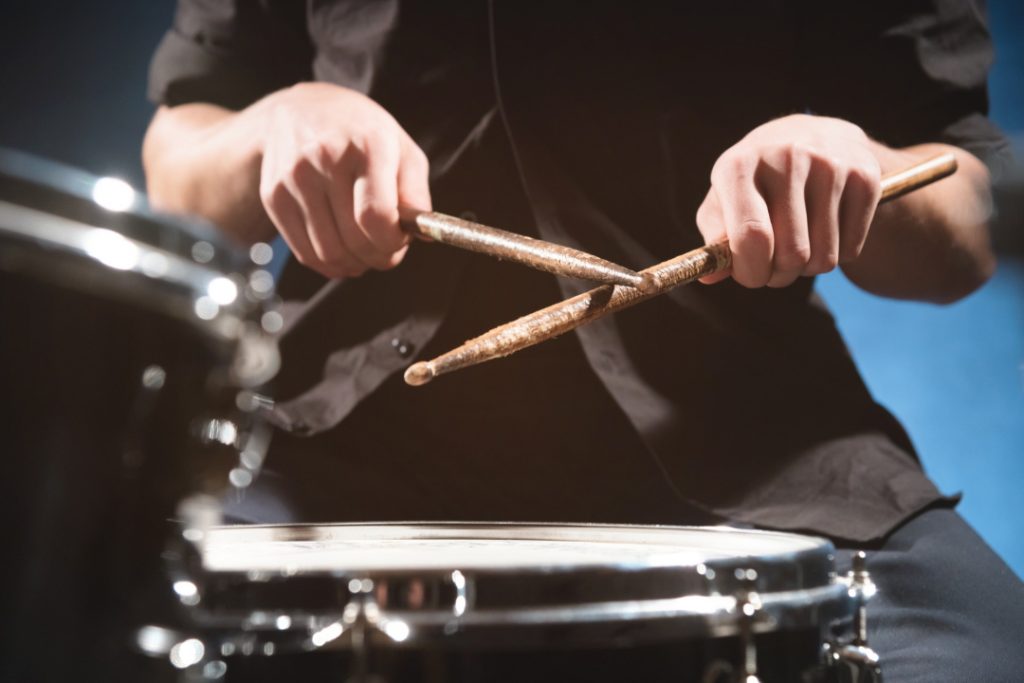Installing Soundproofing on a floor is an excellent approach to increasing your house’s quality and comfort. This is the ideal time to upgrade your flooring materials and avoid undesirable noise while you’re completing a new renovation project. Some methods and products can make your hardwood or laminate flooring appear not only beautiful but also sound fantastic, whether you’re building new or restoring the existing property. In this article, we will go through 5 easy ways to soundproof a floor.
Types Of Noise
Before soundproofing your floor, you need to identify the type of noise causing the issue. There are three types of noise: impact, airborne, and structure-borne. Impact noise is caused by things like people walking or furniture being moved. Sources like TVs or radios create airborne noise. Structure-borne noise is transmitted through the building’s frame, usually caused by elevators or HVAC systems.
Once you have determined the type of noise affecting your floor, you can begin to find the appropriate soundproofing solution.
5 Ways To Soundproof A Floor
The most frequent floor/ceiling assembly systems are made with a single framing structure that separates the upper part of the home from the lower but structurally connects the rooms. People’s noise transmits to rooms below via structure-born vibrations, which pass energy through and generate an unpleasant environment. Because individuals walk around on the floors above, their noise easily seeps down to the rooms below. This annoys because privacy, comfort, and protection are all jeopardized.
Use Interlocking Floor Mats
One of the simplest methods to soundproof your floor is to use interlocking floor mats. All you have to do is buy enough design to cover your whole room. They are usually based on padded tiles with various textures, sizes, and designs. The pieces fit or interlock together by the sides due to their edges, which are molded to do over each other. They can also be cut easily and placed in the corners of your room without causing any damage. You purchase the floor covers and lay them over your current flooring.
Interlocking floor mats are long-lasting, simple to maintain, and even antimicrobial. They’re also ideal for use in garages, gyms, and recording studios. Although the interlocking floor mats do not provide a full sound deadening effect, they are pretty effective. Interlocking floor mats will work effectively solely as part of a multi-material soundproofing system that includes floor underlayment and carpet.

Utilize Furniture For Soundproofing The Floor
A room that is empty compared to one full of furniture and other items will be noisier. Furniture, such as couches, chairs, and tables can help absorb sound by adding to your apartment space. Upholstered furnishings are the best sort of furniture for absorbing sound. It can also be helpful to add pillows and curtains. A piece of foam can also help with sound reduction. Please pick up a piece of foam and place it between your furniture and the wall for extra sound dampening. Ensure your furnishings are positioned against the wall (or walls) where the loudest noise emanates from to optimize this.

Acoustic Floor Underlayment To Soundproof A Floor
An Acoustic Floor Underlayment is a fragile layer of insulation that, similar to the aforementioned interlocking floor mats, is generally placed beneath the carpet (or something comparable) to aid in noise reduction. One of the greatest underlayments you can use is the LAMINATE Flooring Underlayment for soundproofing reasons.
This underlayment is made with a vapor barrier and is 3mm thick, giving it the best potential for absorbing sound.
To apply, unroll the material on your floor, covering it from wall to wall as if covering something with aluminum foil.
If necessary, secure the material to the edge of your floor using nails.
Repeat as needed until you have the area covered, cutting the material off at the edge of the floor.
Install A Fake Floor
One way to soundproof your floor is to install a fake floor. This can be done by installing a new floor over the top of your old one. However, the downside to this method is that it can be pretty expensive and time-consuming. It also requires a lot of work, as you will have to remove all of your current floorings and then install the new floor.
However, the upside to this method is that it will be the most effective way to soundproof your floor. When installing a new bed, you have a few different options. The most common types of mattresses used for Soundproofing are wood, laminate, and vinyl. Each of these floors has its own set of pros and cons, so you will need to decide which type of floor is best for your needs.
If you choose to install a wood floor, make sure that you select a hardwood known for its sound-absorbing properties, such as maple or oak. Laminate floors are also a good option, as they are made with a built-in vapor barrier. This will help to prevent any sound from traveling through the floor and into the room below. Finally, vinyl floors are a good option for Soundproofing, as they are thick and dense. They also come in various colors and styles, so you can find one that will match your existing décor.
In any case, before selecting a new floor, make sure to consult with a professional to see which type of floor would be best for your specific needs.
Install MLV – Mass Loaded Vinyl To Soundproof A Floor
It’s a great DIY option for soundproofing floors at around 30 Db. It may be used on the ground, walls, and ceilings, and it can even be used in unusual locations. It just needs to be cut to shape and placed where appropriate. MLV is effective on its own, but it looks better when used as an underlayer with laminate or carpet over it. If you use this with a soundproof underlay like No.1 and thick carpeting described above, it will absorb most if not all airborne and impact noise.
It’s hefty since it’s so thick, and most tape won’t adhere; therefore, nailing or gluing it is the way to go. Because nails might cause echo, a soundproof glue would be ideal.
Conclusion
There are a few different ways that you can soundproof your floor. The best way to do this will depend on your specific needs and budget.
In any case, make sure to consult with a professional before making any decisions. They will help you select the best type of floor for your needs and will be able to provide you with installation instructions.

